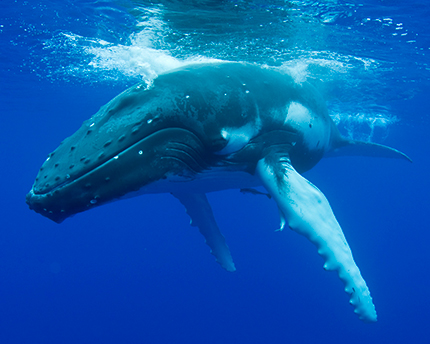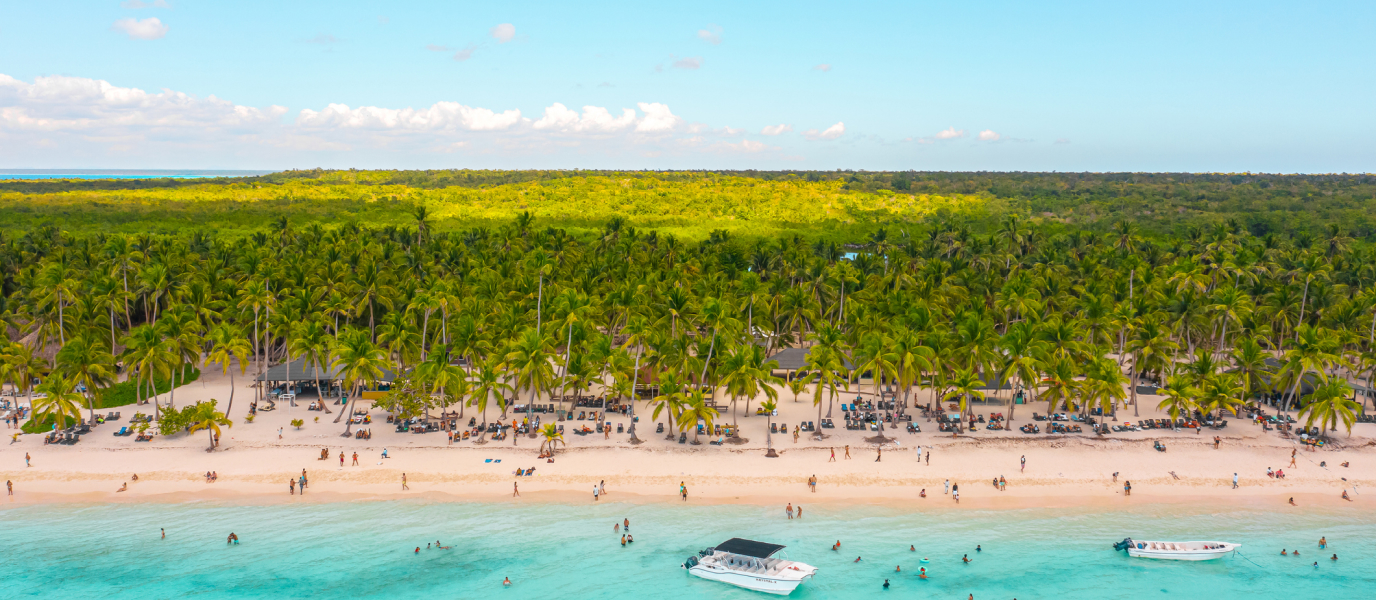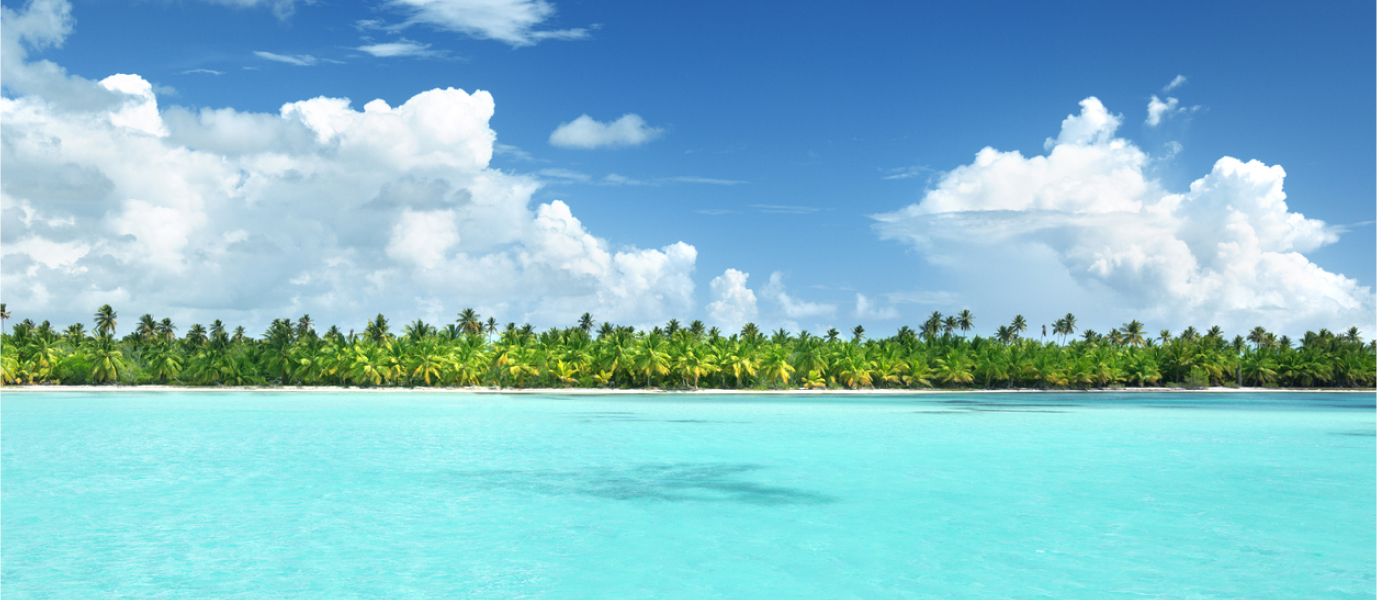Each year, Samaná Bay and the nearby coastal waters along the northeastern stretch of the Dominican Republic are the setting of one of the most impressive nature performances. Thousands of humpback whales leave behind the northern Atlantic and travel to warmer tropical waters where they breed and raise their young. Seeing these marine giants in their natural habitat is something everyone should experience at least once in a lifetime.
The Samaná Peninsula and its enormous bay are full of surprises. A former hideout for pirates and an idyllic tourist destination, but above all, this corner of the Dominican Republic is a natural paradise. Los Haitises National Park, the magical Las Galeras and Las Terrenas beaches, the spectacular El Limón Waterfall, the famous Cayo Levantado and the Humpback Whale Sanctuary are just some of the many attractions linked to this stunning area filled with nature.
Whales in the Dominican Republic
The Caribbean Sea and the area where it meets the Atlantic Ocean is one of the richest ecosystems on the planet, and this stretch of water happens to be where the Dominican Republic is located. The warm waters are home to bustling coral reefs and countless sea animals, from tiny fish to mollusks and underwater giants, like the humpback whale (Megaptera novaeangliae).
To protect its magnificent marine life, in 1986, the Dominican Republic founded the Marine Mammals Sanctuary Bancos de La Plata and Navidad, one of the first protected banks in the world, the largest protected sea stretch in the Dominican Republic and the first marine mammal sanctuary in the Atlantic Ocean. The Humpback Whale Sanctuary in Samaná forms part of this large protected area, covering more than 19,000 square miles, which in addition to dolphins, manatees and orcas, welcomes between 1,500 and 2,000 specimens of this awe-inspiring marine giant.
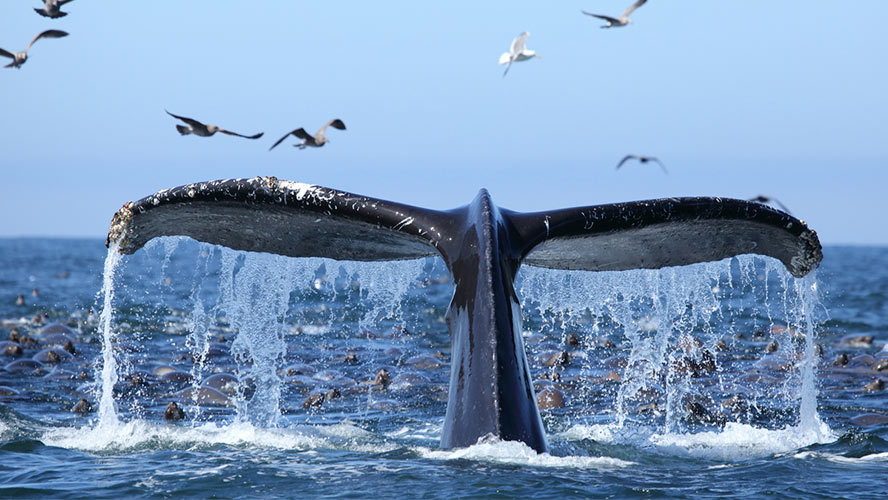
- The humpback whale is one of the largest fin-back whales in the world: adults can grow to be as long as 50 feet and weigh more than 30 tons.
- These cetaceans spend summers feeding in arctic and subarctic waters, and then reproduce during the winter in tropical regions. A migration can surpass 15,500 miles annually.
- The northern coast of the Dominican Republic is a favorite spot for humpback whales to breed and raise their young.
- Following a gestation of almost 12 months, the calves born in Dominican waters measure an average of 8 feet long and can weigh up to one ton.
- Male humpback whales are famous for their “singing.” Their long vocalizations are a tool for social interactions that they use for mating, obtaining food and locating members of their own species, among other aspects.
- Since these animals are very curious and therefore approach ships, and also enjoy showing off their spectacular jumps out of the water, humpback whales are oftentimes the cetacean specimen that whale watchers are able to glimpse the most.
When and how to see whales in Samaná
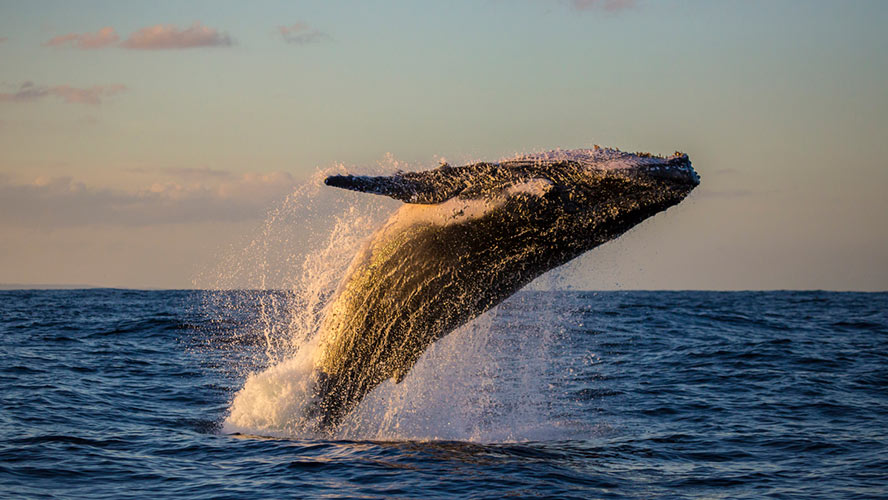
Between 1,500 and 2,000 humpback whales visit Samaná Bay and Banco de la Plata every year. Although the first to arrive reach the area in November and the last to leave depart in April, the whale watching season begins around the middle of January and ends in late March. February is usually the best time of year for whale watching.
The most common way to see humpback whales is on one of the boat tours to the Samaná sanctuary. Over the course of 3 or 4 hours, depending on the conditions that day, ships navigate the area in search of the best spots to catch a glimpse of these creatures. Be sure to bring your camera!
And if for any reason you prefer not to take a boat, the southern coast of Samaná Peninsula, along Punta Balandra, is home to the Whale Observation Center on Land. Weather permitting, this lookout point—inaugurated by the Dominican Republic’s Ministry of the Environment in 2011—is the best spot on land from which to see the humpback whales that visit Samaná Bay.
Here’s a tip: If you visit Samaná during the whale watching season or to learn more about these magnificent sea animals, be sure to visit the Whale Museum in Samaná.




































































